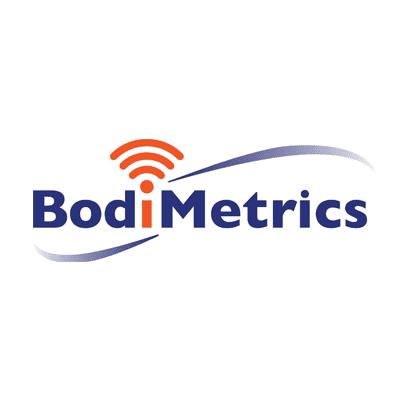Article
Novel Ring Oximeter Detects Obstructive Sleep Apnea Without In-Lab Polysomnography
Author(s):
When compared to traditional in-lab polysomnography, the Circul ring-worn oximeter produced similarly reliable results in detecting obstructive sleep apnea (OSA).

New research examined a novel ring-worn oximeter (Circul) to determine if the device could reliably detect obstructive sleep apnea (OSA). Investigators compared results with those from a traditional sleep lab study.
The impacts that the chronic condition can have on cardio-cerebrovascular and metabolic diseases can be severe, and the cognitive impairments that coincide with obstructive sleep apnea can lead to potentially fatal accidents. While estimates state that 1 billion adults (30-69 years) are affected, the condition is underdiagnosed and undertreated, according to investigators.
The standard practice of diagnosing OSA is through an in-lab polysomnography (PSG), however, due to the capacity required to perform and participate in an in-lab assessment a gap remains in diagnosing and adequately treating many individuals. This study found that pulse oximetry data provided by the oximeter to be reasonably reliable, comfortable and more accessible compared with in-lab PSG.
“Years of development of microelectronics, and sensors validated in people with different skin tones, along with software breakthroughs have made this possible,” Meir Kryger, MD, Chief Scientific Officer, BodiMetrics said in a statement.
Rui Zhao, Department of Pulmonary and Critical Care Medicine, Peking University People’s Hospital, Beijing, and investigators included 207 Chinese Han individuals who received Circul oximeter testing and polysomnography simultaneously in a sleep laboratory. The majority of the population was male (70%) with a mean apnea-hypopnea index (AHI) score of 28.6 events/hour, age of 48.2 years, and 27.6 kg/m2 BMI.
The team collected data regarding the participating individuals’ oxygen desaturation index (ODI), mean oxygen saturation (MSpO2), the cumulative percentage, and duration, of time spent with an oxygen saturation below 90% to collate results from each study method.
Results by Method
The Circul oximetry ring results
- ODI (oxygen desaturation index): 22.2±24.5
- MSpO2(mean oxygen saturation): 95.3% (93.9-96.6%)
- CT90 (minutes): 6.76 (0.77-30.41)
- CT90/TST (total sleep time): 1.75% (0.19-8.01%)
The polysomnography results
- ODI (oxygen desaturation index): 25.3±24.5 events/hour
- MSpO2 (mean oxygen saturation): 95% (93-96%)
- CT90 (minutes): 5 (0.50-33.47)
- CT90/TST (total sleep time): 1.37% (0.11-9.19%)
According to the analyses, a statistically significant difference was identified with the oximetry ring underestimating the amount of oxygen desaturation index events. No difference was observed between the methods for CT90 and CT90/TST, and while the MSpO2 level produced by polysomnography was marginally below that of the oximetry ring, the difference was “relatively small and unlikely to be of clinical significance” (P<0.0001).
“These first of their kind results from the Circul is breakthrough news for the development of sleep medicine care, and the remote health monitoring, telemedicine, self-monitoring and real-time cloud based monitoring,” Neil Friedman, COO, BodiMetrics stated.
Investigators reported that the Circul oximetry ring demonstrated 87% sensitivity, 83% specificity, 86% accuracy, as well as a 5.09 positive likelihood ratio and 0.929 area under the curve. A close agreement and correlation was identified between ODI detected by the oximetry ring and the AHI score provided by polysomnography (P<0.0001).
“Circul ring pulse oximetry can detect OSA with reasonable reliability compared with simultaneous PSG,” investigators concluded. “The Circul system is a reliable and comfortable choice for OSA assessment and complementary for PSG with less interruption of sleep. Future studies should focus on the obese and the subjects with cardiopulmonary comorbidities, its Home Sleep Apnea Test (HSAT) utility for OSA is also needed.”
The study, “Comparison of Ring Pulse Oximetry Using Reflective Photoplethysmography and PSG in the Detection of OSA in Chinese Adults: A Pilot Study” was published in Nature and Science of Sleep.





